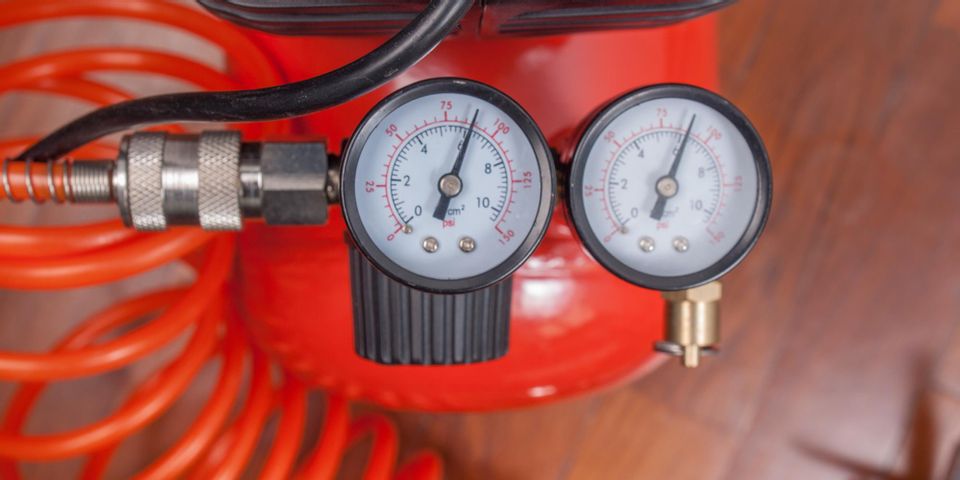3 Steps to Drain Condensate & Replace the Valve in Your Air Compressor

Over time, condensation builds up in an air compressor’s tank. The drain valve allows you to open up the tank, thereby giving moisture a route to escape. As with most compressor parts, the valve may need replacement after regular use due to rust and other types of corrosion. Learn how to drain condensate and replace your air compressor’s valve below.
How to Drain Condensate From an Air Compressor
1. Drain the Air From the Tank
Because some compressor parts are under immense pressure, release the air from the tank first. To do so, ensure the compressor is off, then open the valve to allow the pressure to drop. For your protection, keep your face away and consider wearing safety glasses for this step.
 2. Remove the Drain Valve
2. Remove the Drain Valve
Once the air has escaped, remove the old condensation drain valve. Typically, this part is located on the underside of the tank. You may need to use a wrench to remove it. Once it’s off, allow all moisture to drain from the tank. Tilt the tank at multiple angles to ensure all condensation can flow out.
3. Install the New Drain Valve
After the compressor drains completely, install the new drain valve and discard the old one. Typically, these compressor parts come with thread sealant on them already, which helps to prevent any air from escaping after installation. Remove the new drain valve from its packaging, thread it into the tank, and secure it using a wrench. Don’t tighten it too much, however; you may break the part or thwart future attempts to remove it easily.
For the broadest selection of drain valves and other compressor parts, turn to Parts Engineering Company of St. Louis, MO. With 24/7 services, this company offers aftermarket and OEM air compressor components and can ship anywhere across the U.S. Explore their inventory by visiting their website, or call (877) 797-7326 to speak with a team member.
About the Business
Have a question? Ask the experts!
Send your question

